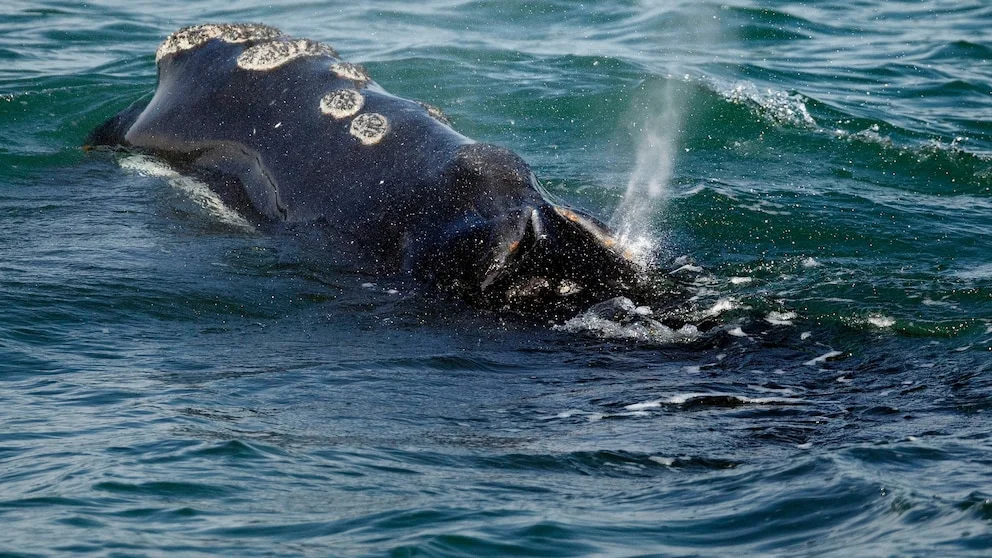
Frightening Decline: North Atlantic Right Whales Face Dire Challenges
The North Atlantic right whale, a critically endangered species, is facing an alarming decline in its population, giving birth to only a handful of calves this birthing season. The urgency of this situation compels scientists and conservationists to act swiftly to avoid the impending risk of extinction.
Currently, only about 370 of these whales remain in existence, making them one of the rarest marine mammals on the planet. The birthing season, which occurs between mid-November and mid-April off the southeastern coast of the United States, has yielded a grim count of just 11 mother-calf pairs for this year. For these whales to have a chance at recovery, experts indicate they need at least 50 calves born each season.
As stated by conservationists, this drastic drop in the number of newborns only underscores the urgent need for increased protection efforts. The threats these whales face range from entanglement in fishing gear to collisions with large vessels, both of which can have catastrophic results for their already dwindling population.
Philip Hamilton, a senior scientist at the New England Aquarium, expressed the mixed emotions surrounding this year's calving report. "While the calf count is relatively low this year, I am encouraged by four new mothers being added to the reproductive pool," he noted. This positive shift highlights that amidst the alarming trends, there are moments of hope for future generations of North Atlantic right whales.
The pressures on this whale species have intensified due to myriad factors, including increased noise levels in their habitats and changes in food distribution, further complicating their chances for survival. As the International Fund for Animal Welfare points out, the whales are reproducing more slowly than in the past. This slow reproduction rate is likely tied to the stress they encounter from navigational challenges and increased maritime traffic.
Despite ongoing protections, it is evident that North Atlantic right whales are struggling to reclaim their former population levels. The era of commercial whaling heavily depleted their numbers, and although they have been protected for decades, the recovery has been sluggish. As these majestic creatures migrate between southern feeding grounds and northern waters, the need for robust protective measures becomes exceedingly clear.
In summary, the troubling news from this year’s calving season represents not only a concerning snapshot of the North Atlantic right whale’s plight but also a call to action for communities and authorities to redouble their efforts to ensure the survival of this endangered species. Are we prepared to face the challenge and safeguard the future of these incredible whales? Feel free to share your thoughts in the comments below.